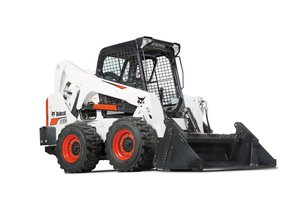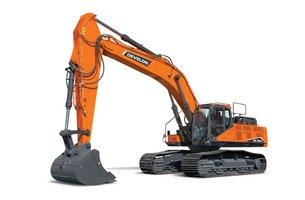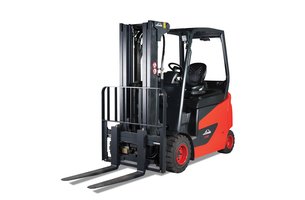How a stump grinder works and other FAQs related to stump grinder types, rentals, safety considerations
February 1, 2022
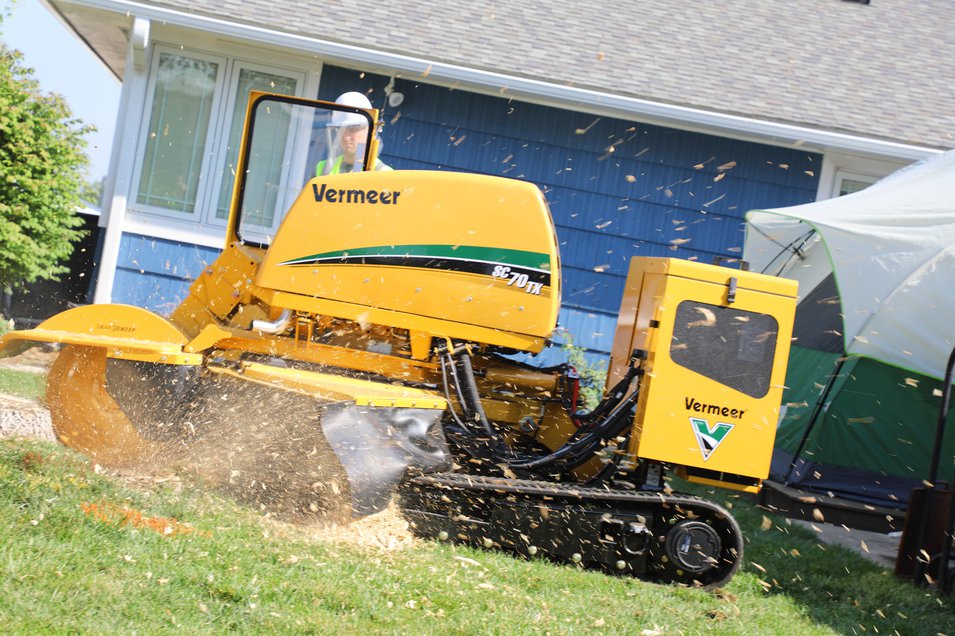
Select the right type of Stump Grinder for your job
Removing a stump after cutting down a tree is an important part of tree care operation. Stump grinder, also known as a stump cutter, is a popular equipment used to permanently remove the stumps. Whether you are a professional tree care service provider or a home owner, it is critical to understand the working of a stump grinder and selecting the right type of equipment for successfully accomplishing the job. In this article, we will answer important questions about stump grinding process, types of stump grinders, safety, rentals and more.
What is a Stump Grinder?
Stump grinder is an equipment that removes tree stumps. Once you cut a tree, what is left behind is a tree stump. This is where a stump grinder comes in and helps you permanently remove the tree stump.
Stump grinder, also known as a stump cutter, comes in a variety of sizes, ranging from small, hand-guided ones to large, ride-on type. They can be gas operated or diesel operated, depending on their size and specifications.
How does a Stump Grinder work?
Most stump grinders use a powerful, high-speed disk with teeth. This disk grinds the stump into small wooden chips and reduces it to well below the ground level. Commercial tree care stump grinders, like those offered by Vermeer, come equipped with a powerful engine of up to 74 hp and can quickly destroy big sized tree stumps.
From the first stump cutter system which was invented by Vermeer in 1950s, stump grinders have evolved into powerful tree care tools. There are many features which make it convenient and safe for operators to effectively perform stump grinding of any scale. For example, Vermeer provides remote controlled operation on select models which allows operator to run the grinder from up to 100’ (30m) of distance.
See Vermeer SC70TX in action
What are the different types of Stump Grinders?
Some of the common types of stump grinder available in the market include the following:
Handlebar or Hand Guided Stump Grinders
These are compact, hand operated stump grinders. In handlebar stump grinders, you use the equipment handle to move the grinding wheel back and forth. These are ideally suited to access stumps in tight spaces and are very convenient to transport as they can fit in the back of a truck.
Tracked Walk-Behind Stump Grinders
Tracked stump grinders come equipped with tracks and are bigger in size and operating capacity as compared to the handlebar stump grinders. The operator walks behind the equipment and uses controls provided on it to move the cutting wheel. These are great for residential applications as they use tracks to distribute the equipment weight and do not cause much damage to the ground while moving.
Wheeled Walk Behind Stump Grinders
As the name suggests, these type of stump cutters deploy wheels rather than tracks. These versatile stump cutters can help tackle residential projects as well as off-road tough jobs, thanks to their wheels.
Stump Grinder Attachment
A stump grinder attachment can be mounted to your skid steer or tracked loader and can be run using the controls which are used to operate other attachments like buckets or augers.
What are the key factors to consider while selecting a Stump Grinder?
Selecting the right stump grinder for your job is critical for your success as a tree care professional or a contractor. You should consider the following four factors while deciding which model is right for you:
- Size of the stumps: Height and diameter of the stumps that you wish to grind are both very crucial factors in selecting the right stump grinder. It might be difficult to tackle stumps higher than 14 inches with a handlebar stump grinder and would require you to use a tracked or a wheeled stump grinder.
- Hardness of the stumps: Softwood stumps can be tackled with a low power tracked stump cutter or even a hand guided stump grinder. On the other hand, hardwood stumps might need you to look at the wheeled stump grinders as a feasible option.
- Number of stumps: For larger stump grinding projects, you are better off choosing a tracked or a wheeled stump grinder to ensure speed, efficiency, and safety of your operator. A residential project with a smaller number of low-heighted stumps may be completed with handlebar stump grinder.
- Type of terrain: You are better off using a tracked stump grinder on Sensitive terrains like residential locations or gardens as they are likely to cause less damage to the turf as compared to the wheeled stump grinders.
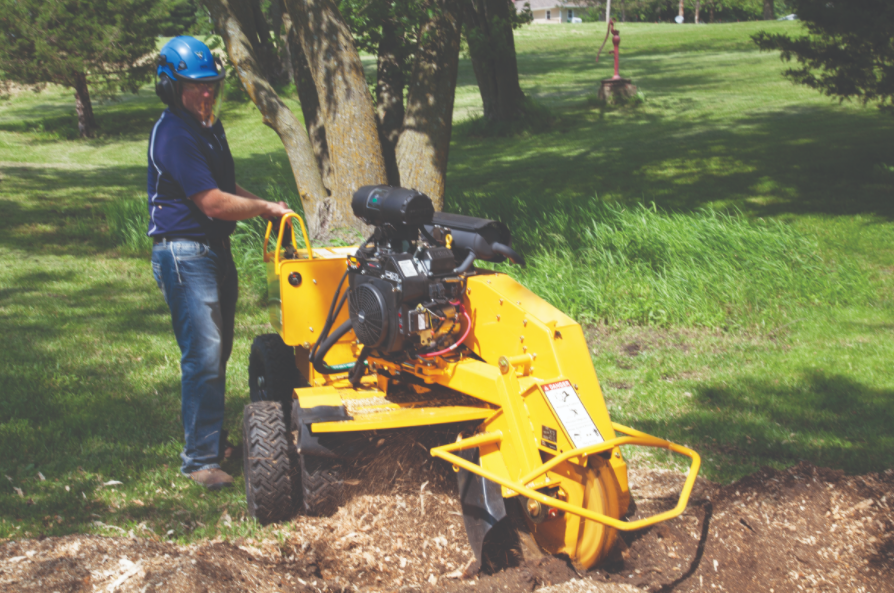
Should I rent a Stump Grinder?
For a tree care service provider-
Renting is a viable option if the demand for your service is infrequent and seasonal. If you have a steady demand and are expecting to grow your business, you would be better off buying a stump grinder. Rental equipment comes at a premium and might not perform to your expectations if it is not well maintained.
That said, stump grinder rental is a good option if you need a specialized piece of stump grinder to complement your fleet or meet an increased demand. Rental equipment is readily available while new equipment can have associated lead times.
For an individual homeowner-
Rent a stump grinder only if you know how to safely operate it. You are better of hiring a professional who can perform this task with efficiency and safety. They also ensure that your turf does not get damaged while moving the equipment and performing the task.
What are the safety considerations while using a stump grinder?
If operated by untrained personnel, stump grinders can cause serious injuries to the operator and the people around. It is extremely important to train your crew if you provide tree care services. In addition to hands-on training in operating a stump grinder, it is also necessary that the operator follows safety protocols, some which are mentioned below:
- Wearing protective gear to protect themselves from flying debris and chips
- Ensuring that there are no bystanders at the job site
- Especially train your crew for safety while working on the slopes with a walk-behind type of stump grinder
- Always keep all feet and hands away from the blade.
- While working close to buildings, ensure that the flying chips do not cause damage to the surface
- Inspecting the stump and area for contaminants like nails, wires etc. as these can cause damage to the equipment.

